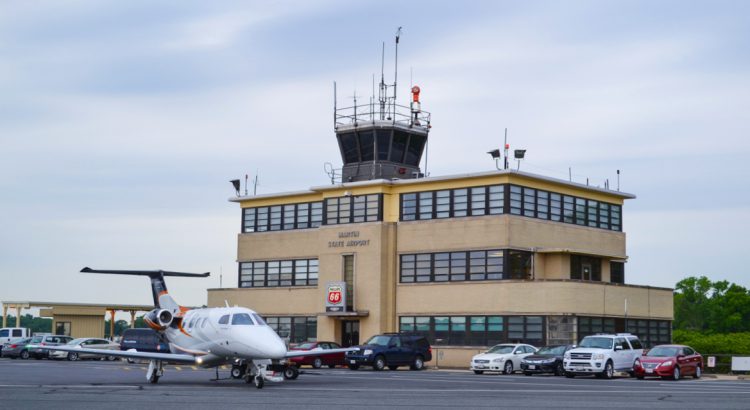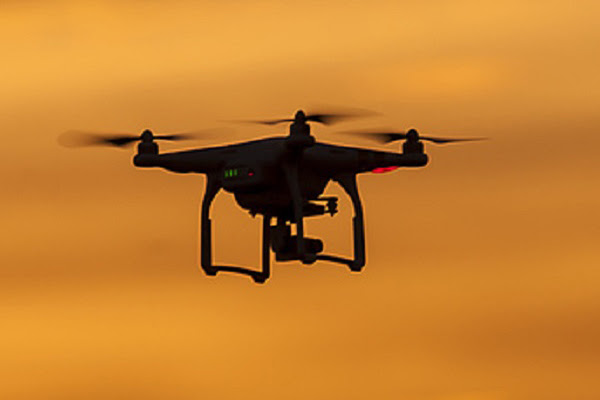The Aircraft Owners and Pilots Association Air Safety Institute (ASI) has released the 35th Richard G. McSpadden Report—formerly the Joseph T. Nall Report—which analyzes general aviation accidents that occurred in 2023, the most recent year for which full data are available. The report provides the most comprehensive review of general aviation safety, with accident data […]
Maryland
Maryland Transportation Leaders Break Ground for New Air Traffic Control Tower at Martin State Airport
Martin State Airport celebrated the groundbreaking of its new, state-of-the-art air traffic control tower last week – a significant milestone that will improve safety, modernize the airport and fuel economic growth in Maryland. The new facility will replace the airport’s existing tower, which was built in 1942 and is among the oldest active air traffic […]
BWI Thurgood Marshall Airport Celebrates 75 Years of Taking You There
Baltimore/Washington International Thurgood Marshall Airport is celebrating its 75th anniversary this year. For decades, the airport has helped shape the growth of Maryland and the National Capital region, supporting tourism and trade. Since 1950, BWI Marshall Airport has grown into a dynamic international gateway, serving millions of annual passengers and connecting people, businesses and cultures. […]
Shannetta R. Griffin Named New Executive Director and CEO of the Maryland Aviation Administration
Maryland Transportation Secretary Paul J. Wiedefeld has named Shannetta R. Griffin, P.E. as the Executive Director and CEO of the Maryland Aviation Administration (MAA), overseeing the management, operations and maintenance to ensure the safety of Baltimore/Washington International (BWI) Thurgood Marshall Airport, Martin State Airport and the state’s regional aviation assistance program. She has more than […]
Federal Funding of $1.7 Million Announced for Eastern Shore Drone Pilot Program to Improve Access to Health Care Resources
Governor Wes Moore announced that the U.S. Department of Transportation has awarded the Maryland Department of Planning a $1.76 million SMART grant to pilot the use of innovative aviation technology. The program will focus on improving access to healthcare resources in rural communities on Maryland’s Eastern Shore. “All Marylanders deserve equitable access to health care […]
Banner Year for AOPA Foundation You Can Fly Challenge
Helping to ensure a bright future for general aviation through important initiatives that grow the pilot population and help keep it safe, AOPA members and the GA community once again came through in droves. Between the You Can Fly Challenge window of June 1 and December 31, 2023, more than 2,900 donors gave more than […]
Runway Improvement Project Approved for Martin State Airport
The Maryland Board of Public Works unanimously approved a contract last week for a comprehensive pavement rehabilitation project for the runway at Martin State Airport in Middle River, Baltimore County. The Board, chaired by Governor Wes Moore and including Comptroller Brooke Lierman and Chief Deputy Treasurer Jon Martin, approved the nearly $32 million contract that […]
Partnering with Veterans for a New Look at the Skies – MissionGO and Vets to Drones
MissionGO, Inc. which has a proud history of working with and employing veterans from all branches of the United States military, has announced its latest partnership with Vets to Drones, a non-profit organization that prepares veterans to enter the commercial drone industry. Giving veterans another opportunity to serve communities around the country, MissionGO and Vets […]
Opportunities to Engage Pilots and Aircraft Owners to Abound at 2023 AOPA Aviator Showcase
For aviation companies looking to spotlight their products and services, the 2023 AOPA Aviator Showcase will offer a unique opportunity to engage the most eager pilots and aircraft owners. To be held on September 8 and 9 at the home of AOPA in Frederick, Maryland, the AOPA Aviator Showcase is designed to attract a ripe […]
Pilots Organize Airlift for Families at The Children’s Inn at NIH
Pilots for Christ Maryland has partnered with The Children’s Inn at the National Institutes of Health (NIH), Commonwealth Aviation and local pilots to airlift presents for patients receiving care at NIH on Saturday, Dec. 17. The planned airlift, known as “Miracle on Runway One-Four,” will involve pilots and general aviation aircraft departing from various airports […]




